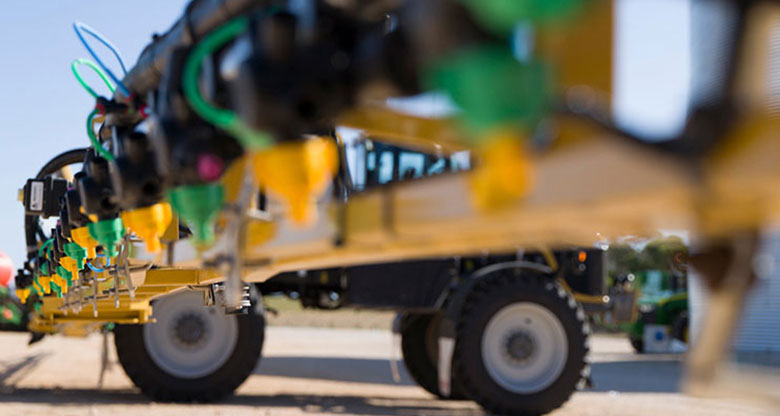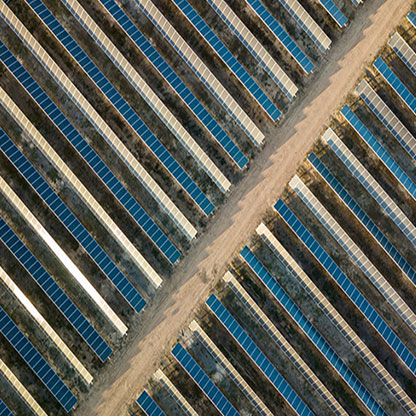High energy and fuel prices are now a fact of life – for individuals and businesses alike. 1So it’s no wonder Australian businesses are increasingly looking for solutions to help reduce their energy and fuel costs.
A recent CommBank survey of 898 businesses, conducted between August 2018 and February 2019, found that vehicles were at the top of the wish-list when it came to energy-efficient equipment purchases. Of the 54% of surveyed businesses who said they were seeking to buy cars, one third said they were looking for fuel-efficient models.2
Driving fuel efficiency
Cars also topped the list when it came to energy-efficient equipment already owned by businesses. A quarter of our surveyed companies had purchased energy-efficient cars, like hybrids, plug-in hybrids, or electric vehicles – with healthcare the biggest investors at 40%.3
Electric vehicle ownership in Australia is also rising steadily – in 2017 alone it increased by a staggering 67%.4 This looks set to increase, as energy-efficient options become more widely available.
For example, some innovative solutions already in market include the GreenBot – a time-saving, self-driving agricultural vehicle from The Dutch Power Company, and the EV10 by SEA, a 10-tonne truck with a 180 km travel range.
Meanwhile, car companies like Ford and Volvo have announced they will introduce hybrid or fully electric options across all their future models. And Volvo Construction Equipment has promised it will have a range of fully electric, compact wheel loaders and compact excavators on the market by 2020.5
Cooling-down costs
After vehicles, the most popular energy-efficient asset investments were heating and cooling at 13%, and lighting and solar panels at 14%. Agri-businesses led the way in the use of solar panels and batteries, with 20% of this surveyed segment saying they’d invested in these power-saving devices.
As the demand for efficiency rises, we’re likely to see more energy-generating and energy-saving innovations enter the market.
Already, products like Alinta Energy Geothermal’s heating and cooling system, which uses ground temperatures to transfer heat, are proving that they can help businesses use significantly less energy than conventional solutions – with enormous cost-saving potential for businesses that invest well.




